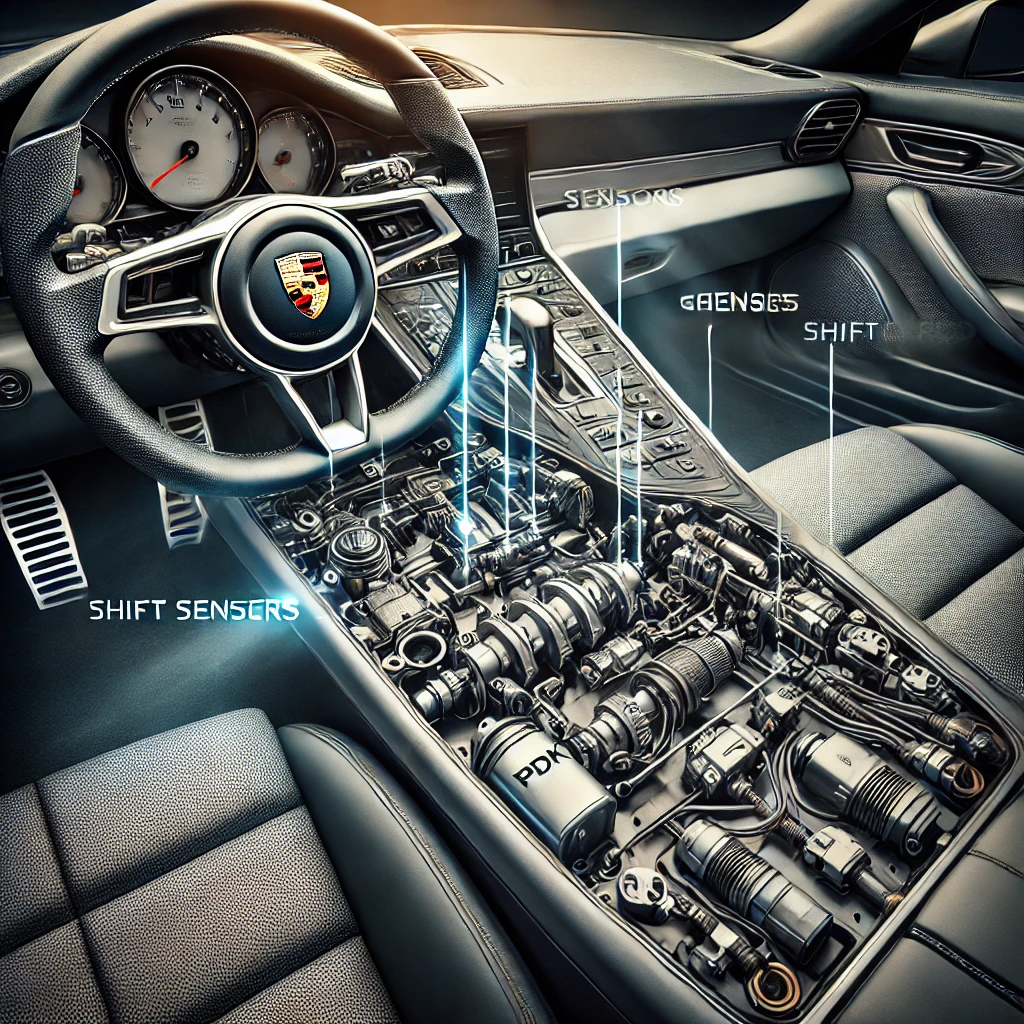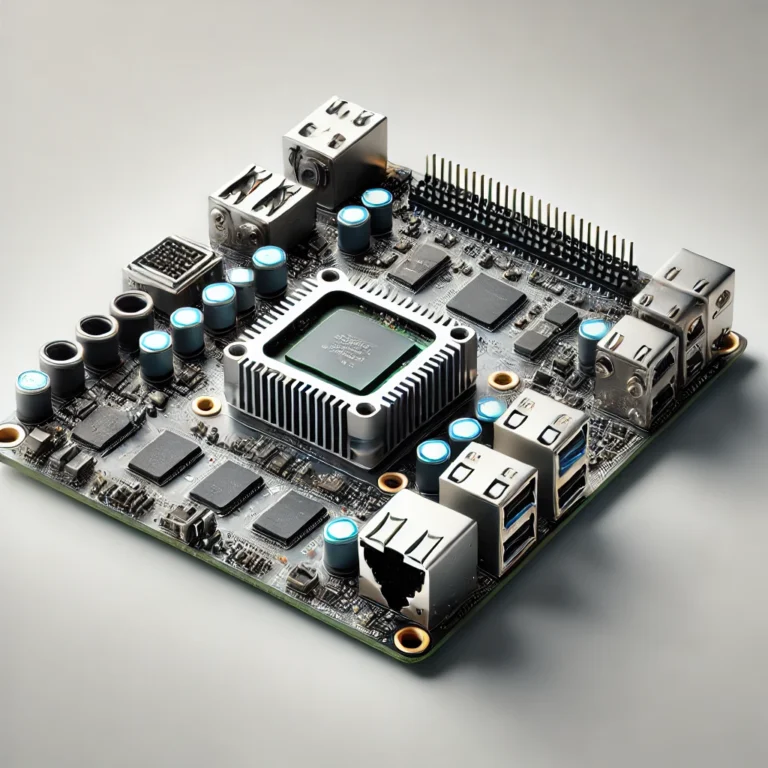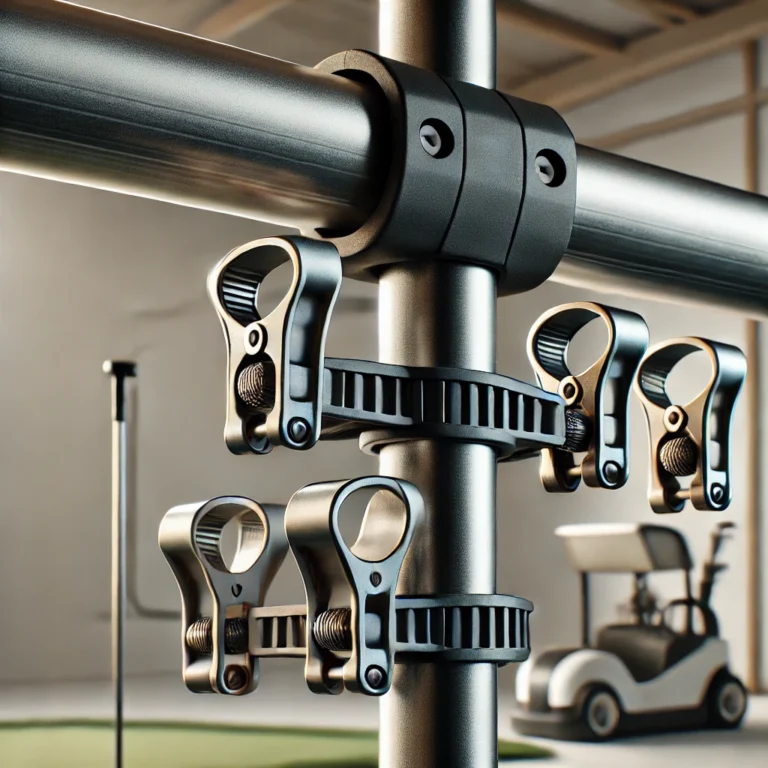
The Porsche Panamera is an iconic luxury sedan that combines power, performance, and cutting-edge technology. One of the crucial systems that contribute to its high-performance handling is the PDK (Porsche Doppelkupplung) transmission. Known for its lightning-fast gear shifts, the PDK transmission provides a smooth yet powerful driving experience. Central to its operation are various components, including the shift rod sensors and the harness that connects them. These parts play a critical role in monitoring gear shifts and ensuring the PDK transmission performs optimally.
This article will explore the purpose of the Panamera PDK shift rod sensors and harness, common issues that can arise, and essential maintenance tips to keep your PDK transmission functioning smoothly.
What is the PDK Transmission?
Before diving into the shift rod sensors and harness, it’s essential to understand the basics of the PDK transmission. The Porsche Doppelkupplung (PDK) transmission is a dual-clutch automatic gearbox that uses two separate clutches to pre-select gears, enabling rapid shifts without interrupting power flow. This setup provides a seamless driving experience, reducing gearshift time and enhancing acceleration and fuel efficiency.
While the PDK transmission is known for its robustness and precision, it relies on a network of sensors and harnesses to communicate shift commands and monitor the gearbox’s performance.
The Role of Shift Rod Sensors in the Panamera PDK Transmission
1. Functionality of Shift Rod Sensors
- The shift rod sensors in the Panamera’s PDK transmission are responsible for detecting the position of the shift rods, which control the movement of gears within the transmission.
- These sensors measure the angle and position of the shift rods in real time, sending this data to the vehicle’s control unit to ensure that the correct gear is selected based on the driver’s input.
- The precision provided by the shift rod sensors enables the PDK transmission to execute rapid, seamless gear changes, enhancing the driving experience and performance.
2. Communication with the Control Module
- Shift rod sensors work in tandem with other sensors and components to relay information to the transmission control module.
- The control module relies on this data to monitor the transmission’s condition and ensure that all shifting mechanisms work correctly and efficiently.
- If a shift rod sensor fails or encounters a fault, it can lead to delayed shifts, incorrect gear selection, or transmission warning lights on the dashboard.
Read Also: Porsche PIWIS 2 for VM: Bringing Dealer-Level Diagnostics to Your Computer
The Importance of the Shift Rod Sensor Harness
The harness in the PDK system serves as the communication pathway, transmitting data from the shift rod sensors to the PDK control unit. Any issues with the harness, such as damaged or loose connections, can disrupt this data flow, leading to erratic transmission behavior or failure.
1. Structure and Function of the Harness
- The harness is a bundle of wires and connectors designed to withstand high temperatures and vibrations common within the transmission system.
- Its primary function is to securely connect the shift rod sensors to the control module, ensuring accurate and uninterrupted data transmission.
- Because of its location near the gearbox, the harness must be durable and resistant to wear and tear from friction, heat, and fluid exposure.
2. Potential Issues with the Shift Rod Sensor Harness
- Wear and Tear: Over time, the harness may develop frays or breaks due to constant vibration or heat exposure, leading to faulty connections.
- Corrosion: Exposure to moisture or transmission fluid leaks can corrode connectors within the harness, interrupting the sensor’s communication with the control module.
- Loose Connections: Vibrations can occasionally loosen connectors, disrupting the harness’s ability to transmit sensor data accurately.
- If the harness experiences damage, it can cause inaccurate data transmission, resulting in gear selection issues or transmission malfunctions.
Common Problems with Panamera PDK Shift Rod Sensors and Harness
Several issues can impact the shift rod sensors and harness, affecting the performance of the PDK transmission:
1. Erratic Shifting
- If a shift rod sensor fails, it may cause erratic or delayed shifting. This happens because the control module relies on accurate sensor input to execute gear changes. A faulty sensor may result in delays or hesitation when shifting between gears.
2. Transmission Warning Lights
- A malfunction in either the shift rod sensors or harness often triggers a warning light on the dashboard. This light may appear as a generic transmission warning or specifically alert to an issue with the PDK system.
- Diagnosing and resolving the cause of the warning light is crucial to prevent further damage to the transmission.
3. Gear Selector Malfunction
- When shift rod sensors or the harness fail, the transmission may have trouble selecting the correct gear, leading to issues like gear slippage, inability to shift into specific gears, or getting stuck in a single gear.
4. Reduced Performance and Fuel Efficiency
- Faulty shift rod sensors may reduce the PDK system’s responsiveness, affecting the vehicle’s performance. Improper or delayed shifts can lead to poor acceleration and lower fuel efficiency, as the transmission can’t optimally respond to driving conditions.
Diagnosing Shift Rod Sensor and Harness Issues
1. Using a Diagnostic Scanner
- For DIY diagnosis, a high-quality OBD-II scanner can read transmission codes. Scanners that support Porsche-specific diagnostic codes, such as the PIWIS system, can provide precise insights.
- Transmission-related fault codes can pinpoint whether the issue originates from a sensor, the harness, or another part of the PDK system.
2. Visual Inspection of the Harness
- Inspecting the harness for visible damage, such as frayed or corroded wires, can help identify the problem.
- If a harness replacement or repair is needed, a certified technician should handle the task, as it requires in-depth knowledge of the vehicle’s wiring system.
3. Professional Diagnostic Services
- Professional Porsche service centers have the necessary tools and expertise to diagnose and repair PDK-related issues. They can perform advanced tests and replace faulty sensors or harnesses to restore the transmission to optimal condition.
Maintenance Tips for Panamera PDK Shift Rod Sensors and Harness
- Regular Inspections: Periodically check the harness for signs of wear and tear, especially if the vehicle is used in demanding conditions.
- Avoid Extreme Temperatures: Extreme heat can degrade both the sensors and harness, so consider parking in shaded or sheltered areas during hot weather.
- Professional Servicing: Schedule regular maintenance with certified Porsche technicians to ensure the PDK system remains in top condition.
- Replace Faulty Parts Promptly: Address any transmission warning lights or erratic behavior promptly to avoid long-term damage to the PDK transmission.
Conclusion
The shift rod sensors and harness in the Porsche Panamera’s PDK transmission are critical for maintaining precise, responsive gear changes. While these components are designed to last, they are subject to wear and tear, potentially leading to issues with shifting, performance, and transmission warnings. Regular maintenance, timely diagnosis, and professional servicing are key to ensuring these components continue to support the Panamera’s remarkable performance.
Understanding the functionality and potential issues with the PDK shift rod sensors and harness can help Panamera owners proactively care for their vehicle, enjoying smooth and powerful driving experiences for years to come.




